“Along the west coast of India lies a range of mountains known as the Western Ghats. Far more ancient than the larger and better-known Himalayas in the north, the Ghats harbours a diverse and extensive range of habitats from the thorn-scrub in the drier plains to shola-grasslands in the upper reaches. These ranges are also home to many species of endangered and endemic plants and animals. As exploration continues, new species are being discovered even today, giving us an opportunity to better understand the evolutionary and ecological history of this ancient mountain range.
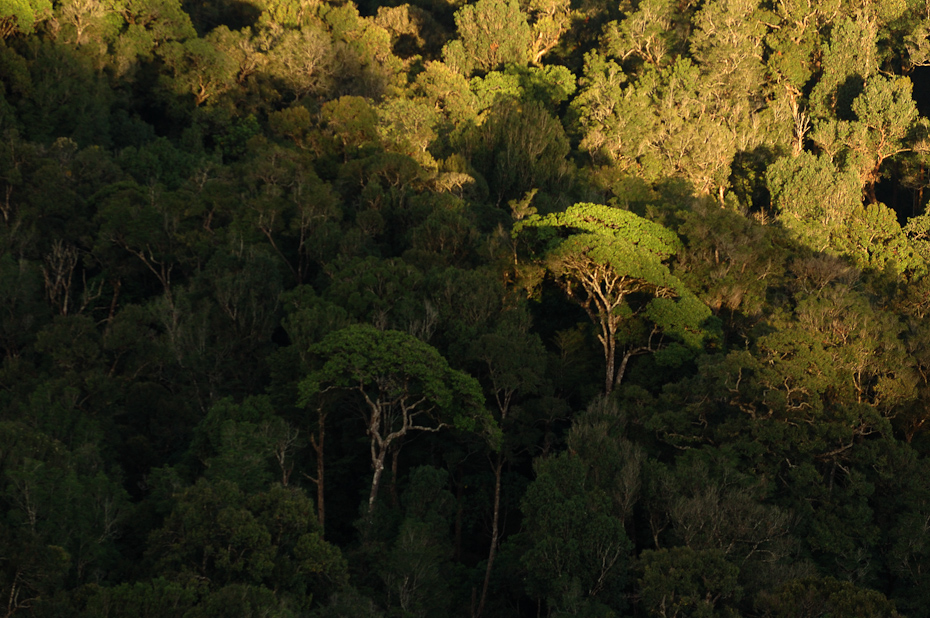
The rainforests of Western Ghats are home to some of the most wonderful creatures which are found only in these forests and nowhere else on the earth. The Lion-tailed Macaque Macaca silenus is the symbol of this endemic diversity of this biodiversity hotspot. Less than 4000 of these survive today making it one of the most endangered primates in the world.
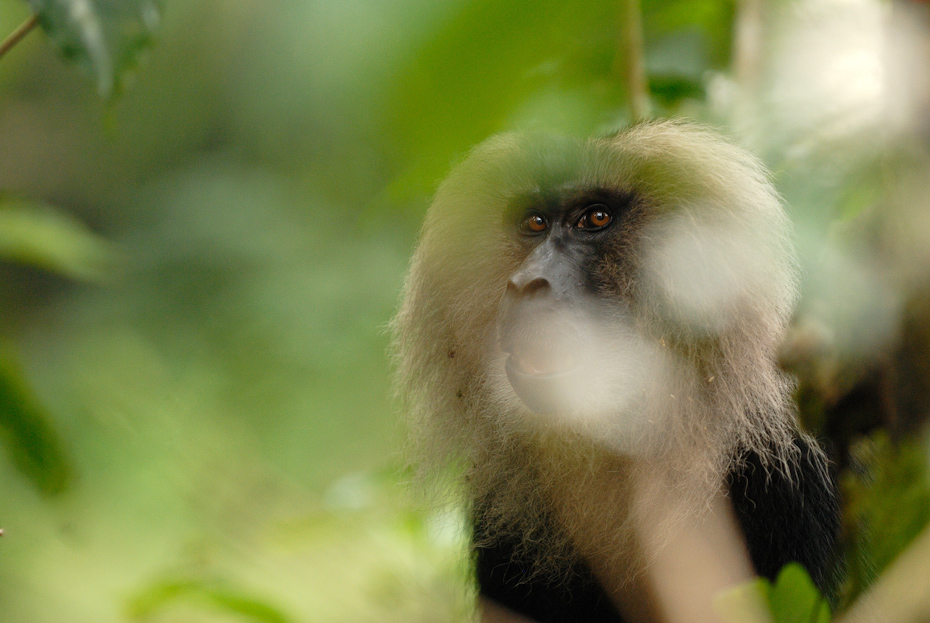
Since these primates have evolved in the rainforests, they have very simple stomachs which can easily digest fruits, seeds and insects. This adaptation has helped them be a habitat specialist of the tropical rainforest, where these are available throughout the year. The other endemic primate is the Nilgiri Langur which is a purely leaf-eating primate. They do not compete with each other directly.
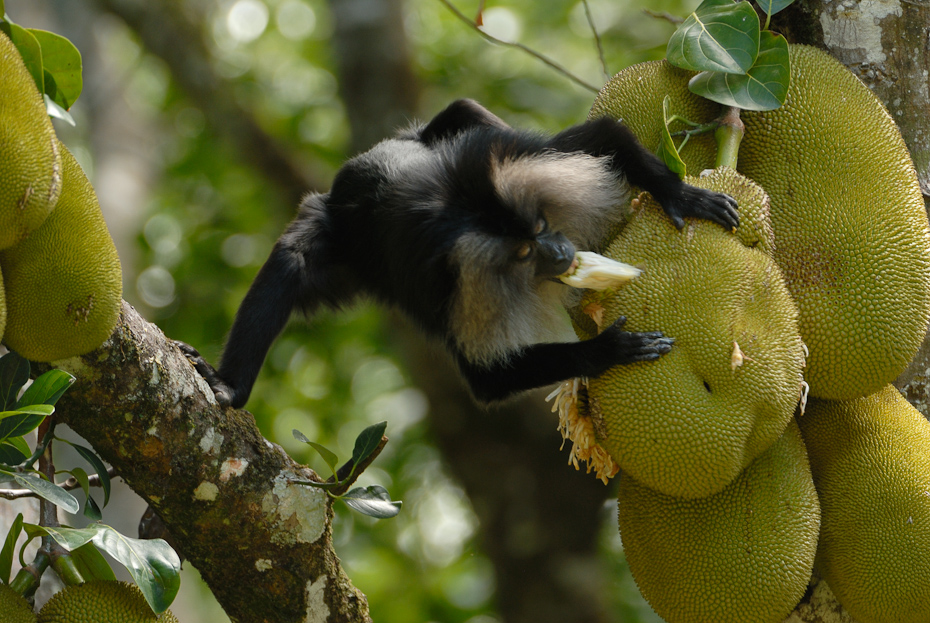

Good fruiting trees are of great demand and sometimes rival groups fight with one another to have rights over these trees. It’s usually the alpha male of the group that engages in these fights, though other monkeys do join at times. Males have canines, mostly just to show them off to rival males. These large canines come into use when the macaques feast on fruits like Cullenia, which is one of the keystone species of the Western Ghats. Their flowers and fruits serve as food for many of the rainforest species including the Lion-tailed Macaque.
Males have canines, though mostly just to show them off to rival males. These large canines come in use when the macaques feast on fruits like jackfruits and Cullenia. Good fruiting trees are of great demand and sometimes rival groups fight with one another to have rights over these trees. It’s usually the alpha male of the group that engages in these fights, though other monkeys do join at times.
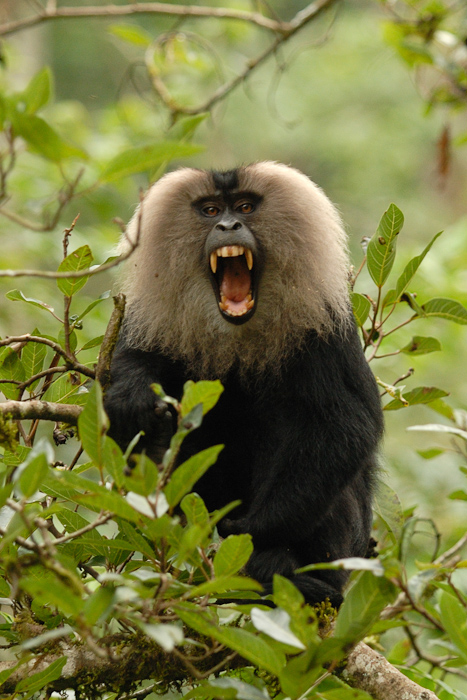
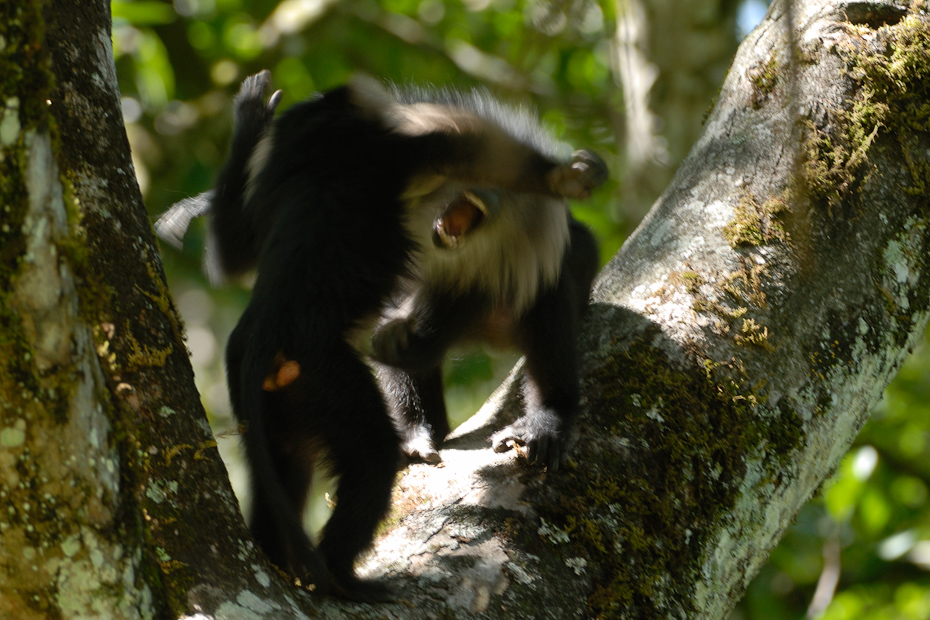
Being more meat-eating than other macaques of the world, the Lion-tailed Macaque sometimes hunts and feeds on young ones of giant and flying squirrels.

A lot of roads go through these forests breaking them into isolated fragments. These primates which very rarely step on the ground in undisturbed forests are now forced to come down to cross these broken canopies. About 25% of the Lion-tailed Macaques are found in small isolated forest fragments. This often leads to tragic consequences further affecting populations of this endangered species.


The reproduction cycles of these macaques are very slow. A female gives birth only once in three years and only the dominant female gives birth. Because of the low birth rate and high age at first birth, it gives very little chance for these populations to bounce back.”
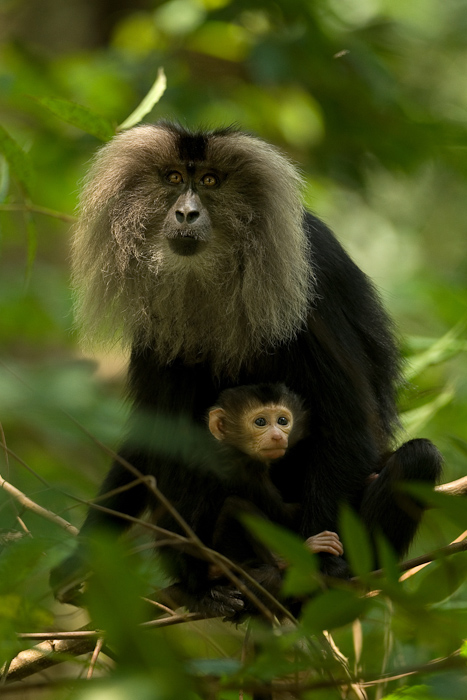

Kalyan Varma is an Emmy nominated filmmaker and nature photojournalist who has worked with National Geographic, BBC, The Guardian, Lonely Planet, Netflix and other publications. He was the BBC wildlife photographer of the year in 2013 and is the co-founder of Asia’s largest nature photography festival, Nature InFocus.
Photograph credits: Kalyan Varma
This article is republished under a Creative Commons Attribution-NonCommercial-ShareAlike license. The original owner is Kalyan Varma.

